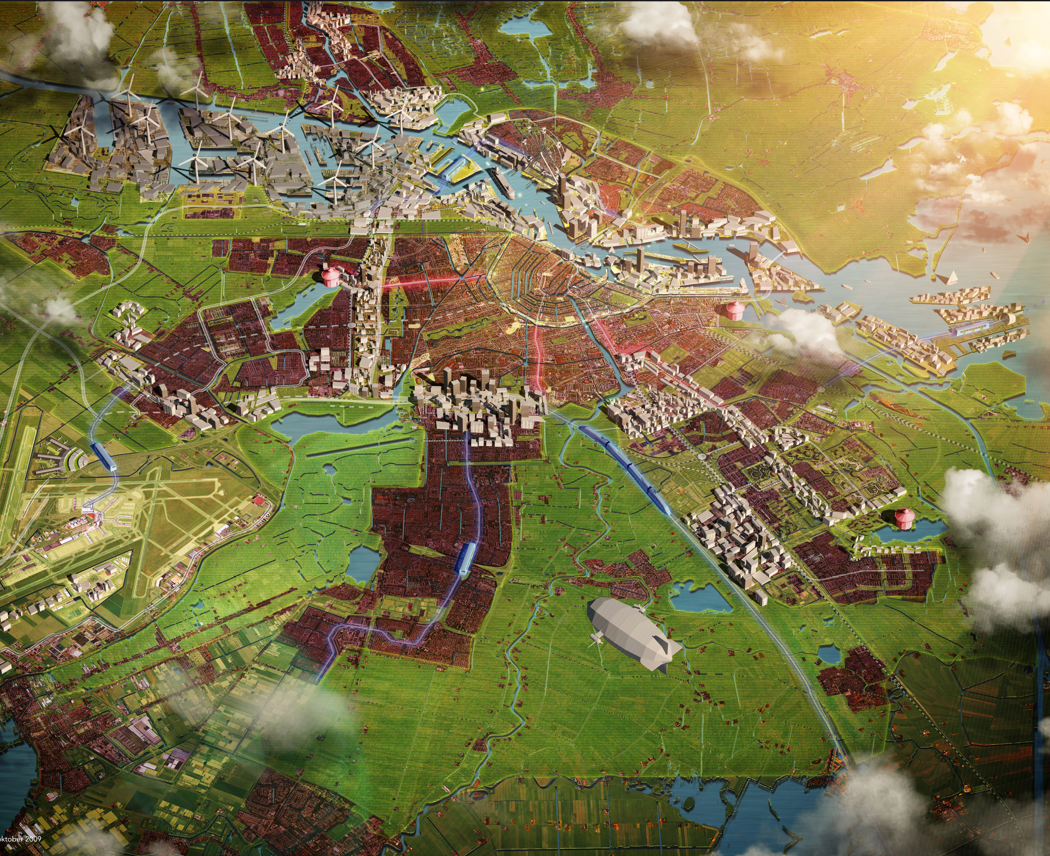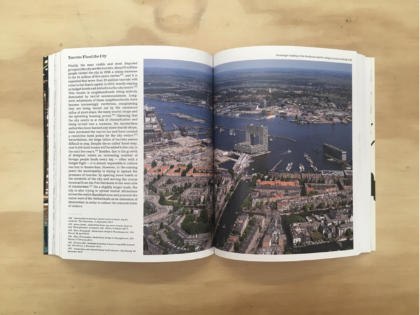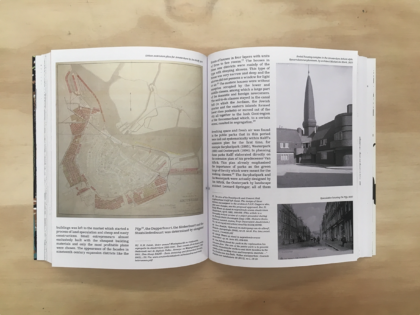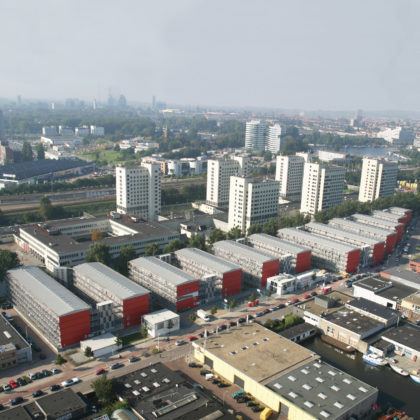Title
Amsterdam Attraction – Has the city reached its limits?
Project
A City of Comings and Goings
Date
Spring 2019
Type
Essay
Location
Amsterdam
Status
Finished
Collaboration
Annuska Pronkhorst
Crimson Architectural Historians
Amsterdam is regarded the ultimate City of Comings and Goings in The Netherlands and thus surpasses other internationally oriented cuties such as The Hague, Rotterdam, and Eindhoven. The popularity of the Dutch capital can be easily compared to other major Western European cities such as London, Paris and Berlin, which also for centuries have acted as magnets for migrants. As a result of Amsterdam’s long history with migration the population of the city has become super-diverse (Vertrovec, 2006). In fact, in 2011 Amsterdam became the first ‘majority-minority city’ in The Netherlands: a city in which all ethnic groups are a minority. And for the first time in history inhabitants of Dutch origin became a minority group in Amsterdam (Crul, 2013). Today, the growth of the population of the Dutch capital is largely due to migration processes and its population has become increasingly dynamic. This trend of increasing comings and goings of people to and from Amsterdam is expected to continue in the coming years, based on research of OIS (the research facility of the municipality of Amsterdam). It is expected that the current number of inhabitants of 840.000 wil grow to 950.000 in 2030 and if this trend continues, there will be one million inhabitants in 2034. The expected growth has ignited an enormous building boom in the city, building cranes can be seen all over Amsterdam. Countless building projects are under development or in preparation. With these dynamic developments going on, planners and administrators anticipate the future by hastily formulation spatial guidelines for the development of the city, but barely seem able to keep up with the pace.
These current mind-blowing developments in the city call for a moment of retrospection. In a historical sense this is not the first time that the city had to deal with the accommodation of large groups of newcomers. From the seventieth century onward, massive numbers of newcomers from abroad arrived in Amsterdam, attracted by the economic opportunities the city had to offer. For many centuries these guest workers kept the economic engine of the city going and eventually blended in with the city permanently. The influx of these migrants has shaped the city of Amsterdam in the past. And with the predicted arrival of many more migrants in the present time, the face and shape of the city will continue to change. How can we learn from the past, in order to deal with the future?
City of Comings and Goings





